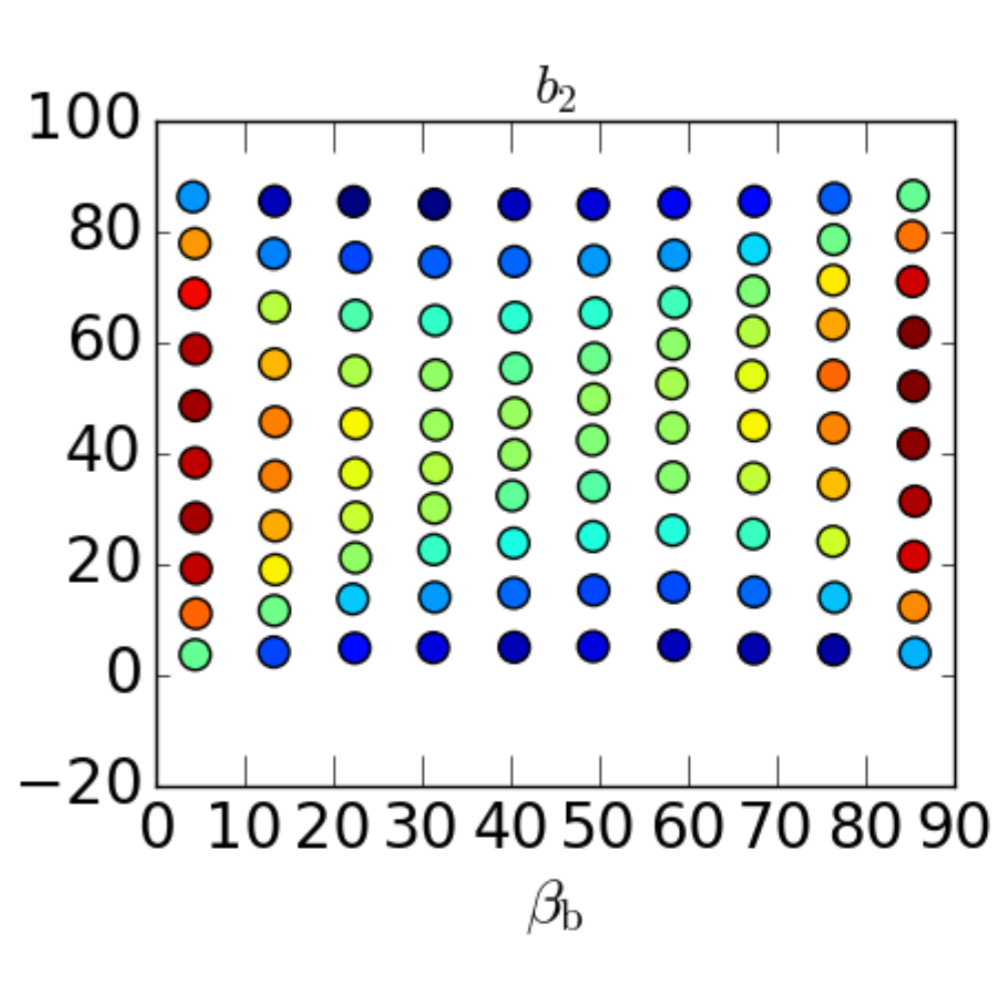Abstract
We present a study of the dependencies of shear and ellipticity bias on simulation (input) and measured (output) parameters, noise, PSF anisotropy, pixel size and the model bias coming from two different and independent shape estimators. We use simulated images from Galsim based on the GREAT3 control-space-constant branch and we measure ellipticity and shear bias from a model-fitting method (gFIT) and a moment-based method (KSB). We show the bias dependencies found on input and output parameters for both methods and we identify the main dependencies and causes. We find consistent results between the two methods (given the precision of the analysis) and important dependencies on orientation and morphology properties such as flux, size and ellipticity. We show cases where shear bias and ellipticity bias behave very different for the two methods due to the different nature of these measurements. We also show that noise and pixelization play an important role on the bias dependences on the output properties. We find a large model bias for galaxies consisting of a bulge and a disk with different ellipticities or orientations. We also see an important coupling between several properties on the bias dependences. Because of this we need to study several properties simultaneously in order to properly understand the nature of shear bias.

